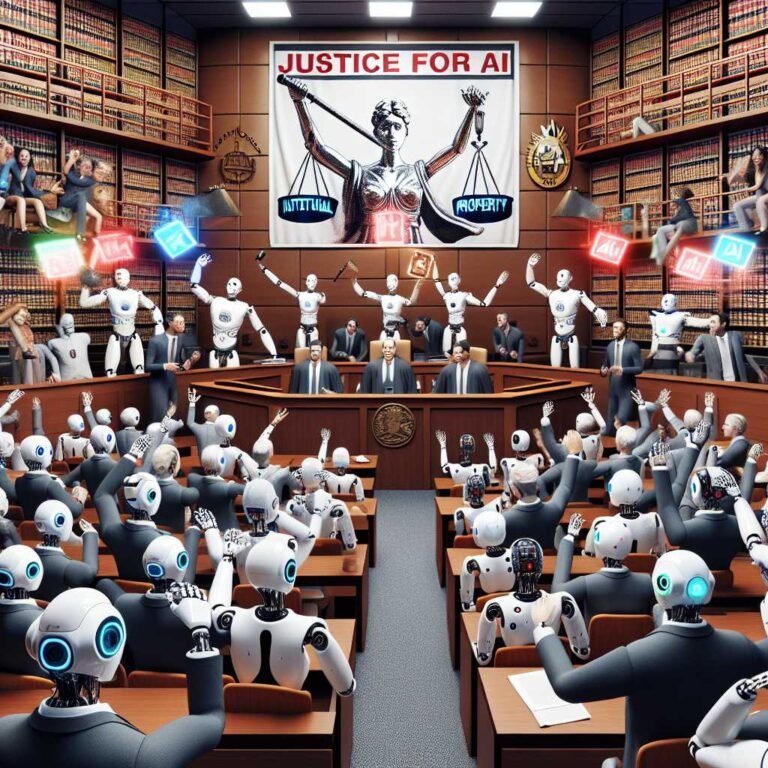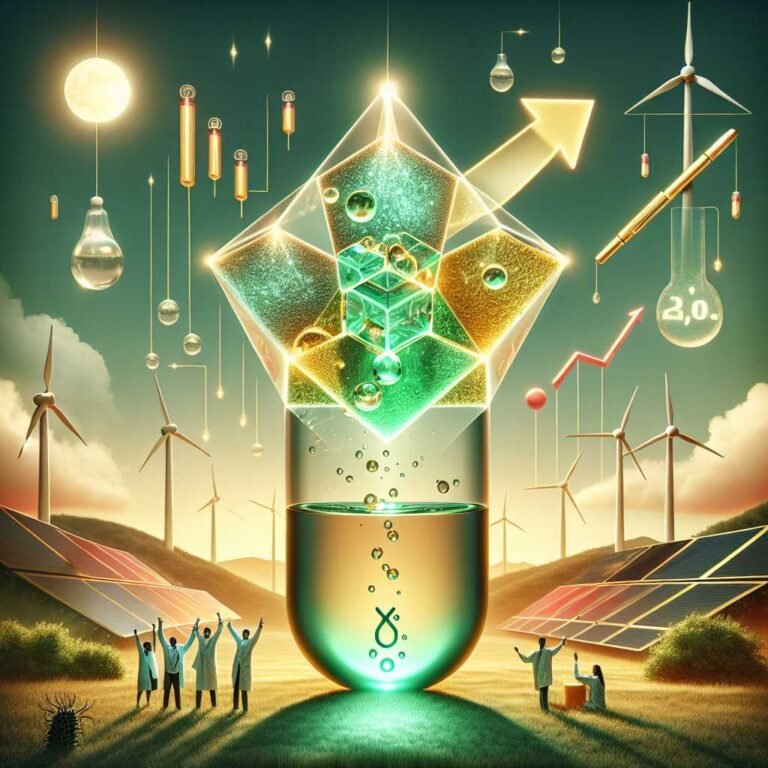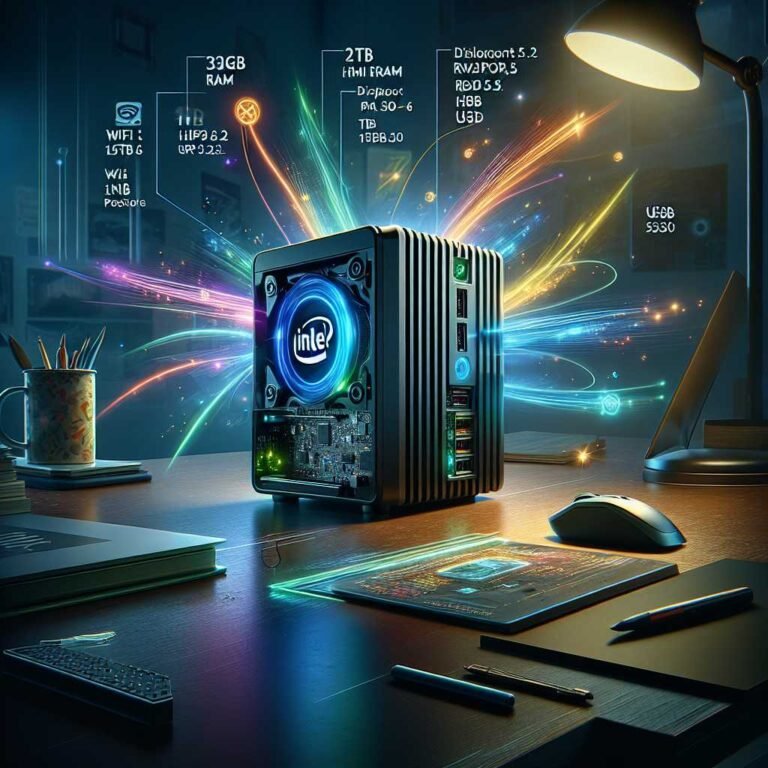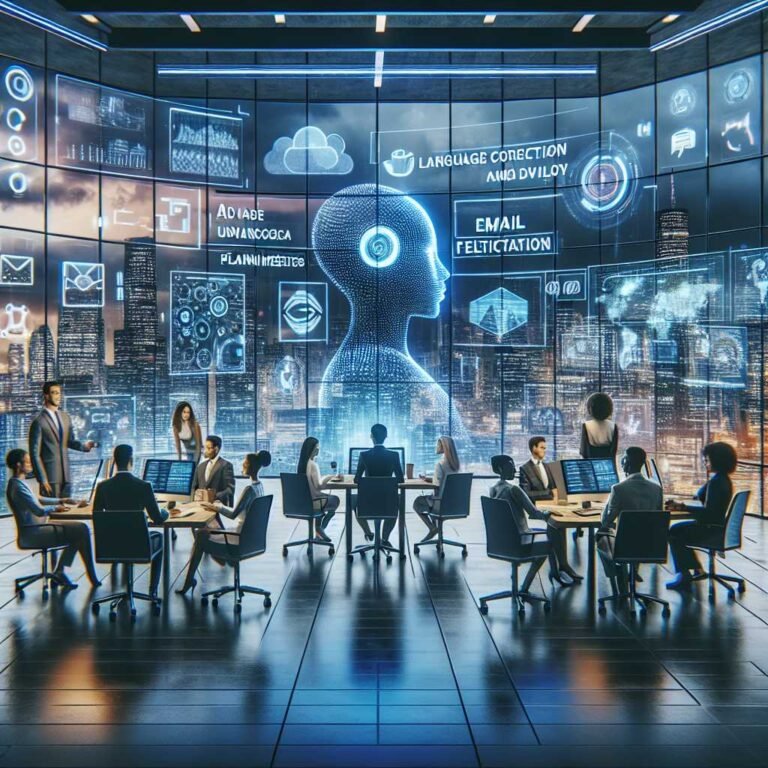Singapore’s AI Revolution: How Artificial Intelligence Is Transforming Materials Science and Global Innovation
Imagine a world where new, eco-friendly materials are discovered in days instead of decades. Where breakthroughs in clean energy, smarter electronics, and sustainable manufacturing don’t rely on laborious trial and error but unfold at lightning speed, powered by algorithms. Welcome to Singapore’s frontier of AI-powered innovation in materials science—a quiet revolution that’s set to reshape not just laboratories, but entire industries and economies.
You might be wondering: Why Singapore? How is this city-state, nestled on a tiny island with few natural resources, quickly becoming a beacon for scientific discovery and technological advancement? And what exactly does AI have to do with the future of materials science, a field many of us only vaguely recall from high school?
Let’s dive in. Whether you’re a curious innovator, a business leader seeking insight, or just someone fascinated by the future, you’re about to discover why the fusion of artificial intelligence and materials science in Singapore is something everyone should be paying attention to.
Why Materials Science—and Why Now?
Before we talk AI, let’s set the stage. Materials science is the backbone of innovation. From the steel in skyscrapers to the semiconductors in our smartphones, almost every leap in technology starts with new materials.
Traditionally, though, discovering these materials has been slow, expensive, and filled with uncertainty. Researchers might spend years—sometimes decades—testing molecular combinations, running simulations, and tweaking prototypes, hoping for a breakthrough.
Here’s why that matters: As the world faces urgent challenges like climate change, resource scarcity, and the need for resilient supply chains, we can’t afford to wait decades for incremental advances. We need faster, smarter ways to invent the materials that will power our sustainable future.
This is where Singapore steps in—and where artificial intelligence comes to the rescue.
Singapore’s Strategic Bet: Science, Technology, and National Transformation
If you look at Singapore’s history, you’ll notice a pattern: when faced with limitations—be it land, water, or natural resources—the country doubles down on what it can control: talent, technology, and innovation.
Guided by visionary national strategies like the Research, Innovation and Enterprise (RIE) 2025 plan, Singapore invests billions (SG$28 billion, to be exact) into nurturing the next wave of discoveries. But this isn’t just about spending money; it’s about cultivating an ecosystem where scientists, entrepreneurs, and global partners work side by side to solve real-world problems.
At the heart of this vision? Artificial intelligence.
The Power of AI: From Theory to Real-World Impact
Let’s clear up a common misconception: AI is more than just chatbots or smart assistants. In the context of scientific research, AI acts as a turbocharger for human ingenuity.
Imagine a super-powered lab assistant, able to sift through millions of chemical compounds, find patterns invisible to the human eye, and predict which combinations will create the next wonder material. That’s the reality unfolding right now in Singapore.
Here’s how AI is reshaping materials science:
- Accelerated discovery: Machine learning algorithms can simulate countless material combinations, identifying promising candidates in a fraction of the time.
- Optimized experiments: AI helps design and interpret high-throughput experiments, reducing waste and focusing resources where they matter most.
- Bridging theory and practice: Predictive models ensure that what works on paper can actually succeed in the real world.
And it’s not just theoretical. At events like the 12th International Conference on Materials for Advanced Technology (ICMAT), leaders like Senior Minister of State Tan Kiat How have spotlighted tangible results—everything from smart maritime simulations to AI-powered medical diagnostics.
Real-World Success: Singapore’s AI Applications in Action
To make this concrete, let’s look at some powerful examples already shaping Singapore and, by extension, the global landscape:
Maritime: The Digital Twin Revolution
Singapore’s port is among the world’s busiest, a critical nexus for trade. Managing such complexity is no small feat. Enter the Maritime Digital Twin—an AI-powered simulation platform that models port operations in real-time. By predicting bottlenecks, optimizing ship movements, and enhancing safety, this digital twin helps keep goods flowing smoothly while minimizing environmental impact. (Learn more about digital twins in maritime)
Healthcare: SELENA+ and Speedy Diagnostics
Eye disease is a leading cause of blindness. With AI-driven tools like SELENA+, doctors can diagnose diabetic retinopathy in minutes, with accuracy rivaling top specialists. What once required laborious manual scanning is now streamlined, freeing up doctors and saving vision for thousands. (Read more about SELENA+)
Global Science: Nobel-Worthy AI Impact
Last year’s Nobel Prize in Chemistry was awarded for using AI to predict protein structures—something that once took years but now happens in hours. This leap isn’t just a scientific curiosity; it accelerates drug discovery, vaccine development, and much more. (Nobel Prize background)
These are just a few snapshots. Underneath it all is a fundamental shift: AI isn’t just a tool, but a collaborator, amplifying what scientists can achieve.
AI for Science: Singapore’s Bold New Initiative
Seeing the promise, Singapore has put significant skin in the game: a SG$120 million “AI for Science” programme aimed squarely at boosting research productivity through artificial intelligence.
What’s different about this programme?
- Cross-disciplinary collaboration: It brings together AI experts and materials scientists, encouraging them to attack problems from multiple angles.
- Open platforms: Shared data and tools allow for faster breakthroughs and prevent duplication.
- Investigator-driven proposals: Researchers are empowered to pitch bold new ideas, not just incremental tweaks.
Here’s why that matters: This isn’t just about headline-grabbing projects. It’s about building a sustainable pipeline of innovation, where every discovery can be rapidly scaled, commercialized, and applied to real-world challenges.
Materials Science: The Perfect Playground for AI
You might be wondering, “Why is materials science particularly ripe for AI disruption?” Let me explain.
Traditionally, developing a new material—say, for a better battery or lighter aircraft—meant years of painstaking lab work. Scientists would test one variable at a time, crossing fingers and hoping for a eureka moment.
AI flips that script. With machine learning and data analysis, algorithms can:
- Analyze massive databases of existing materials.
- Predict how new combinations will perform, before they’re even created.
- Suggest optimal recipes for desired properties—strength, flexibility, conductivity, you name it.
This means what once took years now happens in weeks—or even days. And when you consider global challenges like climate change, this acceleration isn’t just nice to have; it’s essential.
High-Throughput Experimentation: Speeding Up Discovery
A key term here is high-throughput experimentation. Imagine a robotic lab, guided by AI, conducting hundreds or thousands of mini-experiments simultaneously, analyzing results in real time, and tweaking parameters on the fly.
Not only does this approach dramatically increase the pace of discovery, it also slashes costs and reduces waste—critical factors for sustainable innovation.
Singapore’s First “AI for Science Challenge”: – One-third of submissions focus on materials science. – Many proposals are international collaborations, blending expertise from top universities and industry. – The goal: accelerate the journey from theoretical prediction to real-world performance.
International Collaboration: Singapore’s Open Door Policy
One thing sets Singapore apart: its unwavering commitment to global partnerships. In an age of rising uncertainties and fractured geopolitics, Singapore stands out as a place where openness and collaboration are not just buzzwords, but guiding principles.
Minister Tan Kiat How summed it up best at ICMAT:
“We invite researchers around the world to join Singapore in pushing the boundaries of smart materials through the power of AI.”
Why does this matter? Because the best science happens when borders are bridges, not barriers. By hosting gatherings like ICMAT—with more than 2,000 international delegates—Singapore ensures that knowledge, talent, and investment flow freely.
(Explore ICMAT’s global impact)
The Road Ahead: Sustainable Growth and Technological Resilience
As Singapore evolves from a resource-scarce island to a trusted innovation hub, the fusion of AI and materials science will define its next chapter. But this isn’t just about national pride; it’s about contributing solutions to the world’s most pressing problems.
What can we expect to see next?
- Breakthroughs in clean energy: AI-discovered materials for better batteries, solar panels, and hydrogen storage.
- Advances in electronics: Ultra-efficient semiconductors, flexible displays, wearable tech.
- Greener manufacturing: Sustainable polymers, recyclable composites, and less resource-intensive processes.
And beyond the technical advances, Singapore’s approach—open, collaborative, and future-focused—offers a blueprint for other nations and organizations eager to harness AI for good.
Key Takeaways: What Does This Mean for You?
If you’re an innovator, entrepreneur, researcher, or policymaker, Singapore’s AI-powered journey offers several actionable insights:
- Stay curious and collaborative: The most exciting discoveries happen at the intersection of disciplines and geographies.
- Invest in foundational technologies: AI isn’t a silver bullet, but as a platform, it’s transforming every field it touches.
- Think big, start small: Whether you run a lab or a startup, pilot projects—like those in Singapore’s “AI for Science” initiative—can have outsized impact.
Above all, remember: The future isn’t something we wait for. It’s something we build—together.
Frequently Asked Questions (FAQ)
1. Why is Singapore investing so heavily in AI-powered materials science?
Singapore lacks natural resources, so it relies on technology and talent to compete globally. By investing in AI and materials science, the country accelerates innovation in key sectors like energy, manufacturing, and electronics, ensuring sustainable growth and economic resilience.
2. What is the “AI for Science” initiative?
Launched with SG$120 million in funding, the “AI for Science” programme aims to integrate AI into various scientific disciplines, including materials science. It promotes collaboration between AI experts and domain researchers, supports shared research platforms, and encourages bold, investigator-driven projects.
3. How does AI accelerate materials discovery?
AI uses machine learning to analyze massive datasets, simulate material properties, and predict promising candidates. This slashes the time and cost needed to discover new materials, making R&D faster and more efficient.
4. What are some real-world applications of AI in Singapore?
- Maritime: Digital twins optimize port operations and safety.
- Healthcare: Tools like SELENA+ enable rapid, accurate disease diagnosis.
- Scientific Research: AI models predict protein structures, hastening drug discovery.
5. How can international researchers collaborate with Singapore?
Singapore encourages global partnerships in science and technology through open innovation platforms, international conferences like ICMAT, and joint research programmes under initiatives like “AI for Science.” Interested parties can connect through the National Research Foundation.
6. Where can I learn more about Singapore’s research strategies?
Visit the National Research Foundation’s RIE2025 Plan page for details on Singapore’s long-term science and innovation goals.
Final Thoughts: Join the AI-Powered Materials Revolution
Singapore’s bold approach to merging artificial intelligence with materials science isn’t just rewriting the playbook—it’s setting the pace for global innovation. By fostering collaboration, betting big on foundational technologies, and keeping an eye on real-world impact, Singapore offers a glimpse of what’s possible when vision and execution come together.
If you’re inspired to learn more about the future of science and technology—or want to get involved in this vibrant ecosystem—consider subscribing for updates or exploring the resources linked throughout this article.
The age of AI-powered discovery is here. The question is: Will you be part of it?
For more insights on the future of science and technology, don’t forget to follow the latest research from Singapore and global leaders in AI and materials science.
Discover more at InnoVirtuoso.com
I would love some feedback on my writing so if you have any, please don’t hesitate to leave a comment around here or in any platforms that is convenient for you.
For more on tech and other topics, explore InnoVirtuoso.com anytime. Subscribe to my newsletter and join our growing community—we’ll create something magical together. I promise, it’ll never be boring!
Stay updated with the latest news—subscribe to our newsletter today!
Thank you all—wishing you an amazing day ahead!
Read more related Articles at InnoVirtuoso
- How to Completely Turn Off Google AI on Your Android Phone
- The Best AI Jokes of the Month: February Edition
- Introducing SpoofDPI: Bypassing Deep Packet Inspection
- Getting Started with shadps4: Your Guide to the PlayStation 4 Emulator
- Sophos Pricing in 2025: A Guide to Intercept X Endpoint Protection
- The Essential Requirements for Augmented Reality: A Comprehensive Guide
- Harvard: A Legacy of Achievements and a Path Towards the Future
- Unlocking the Secrets of Prompt Engineering: 5 Must-Read Books That Will Revolutionize You







